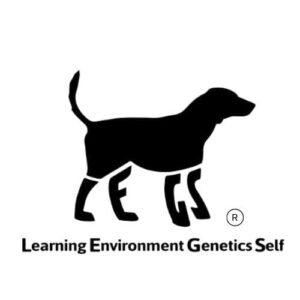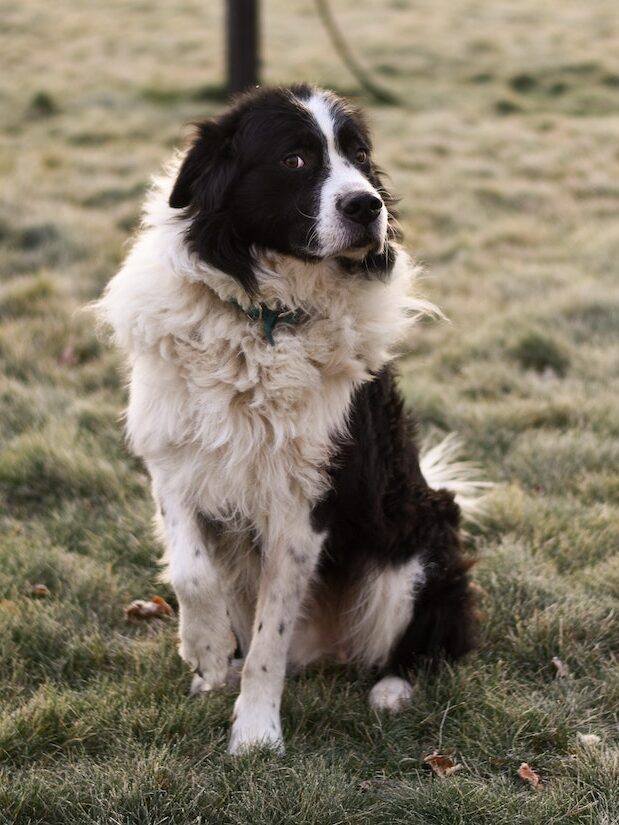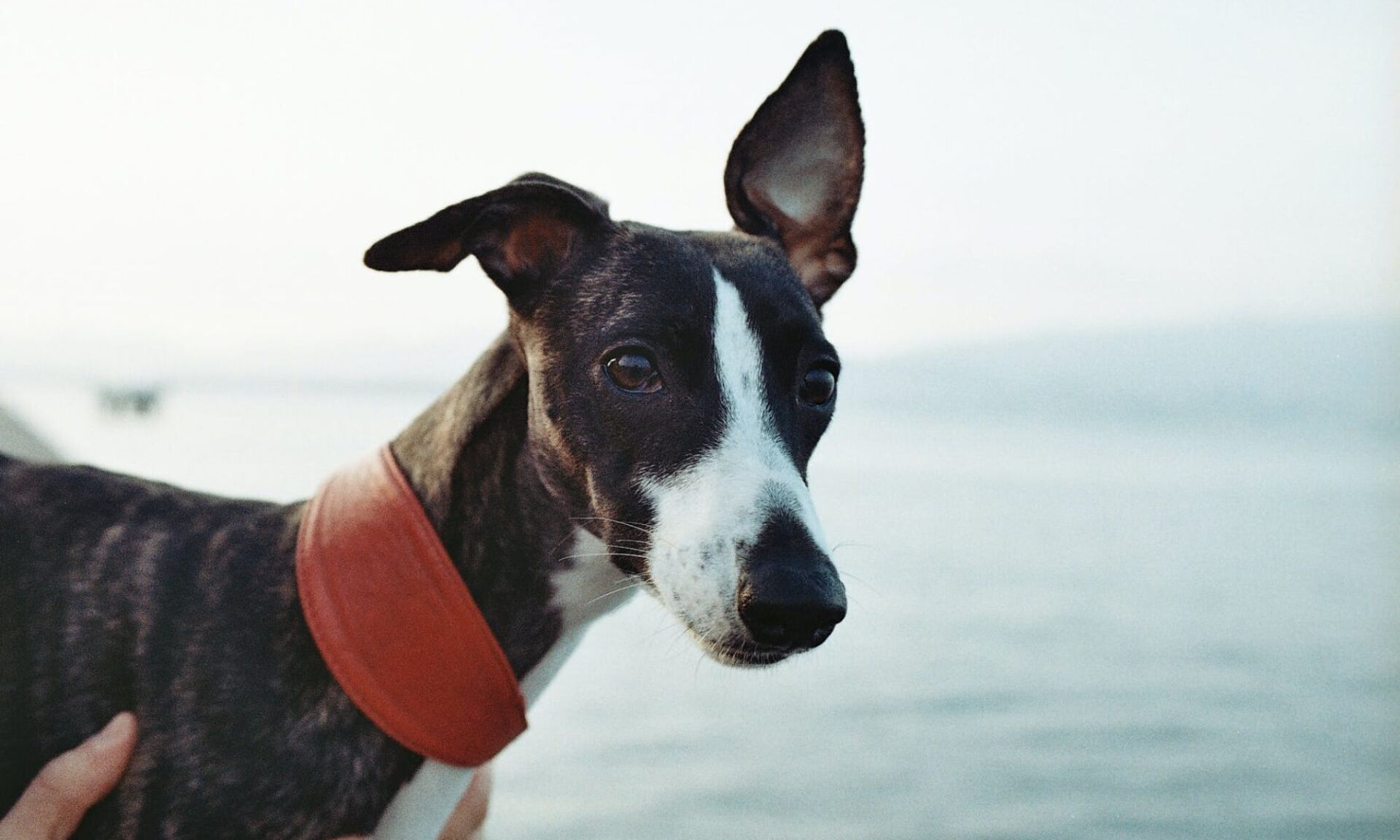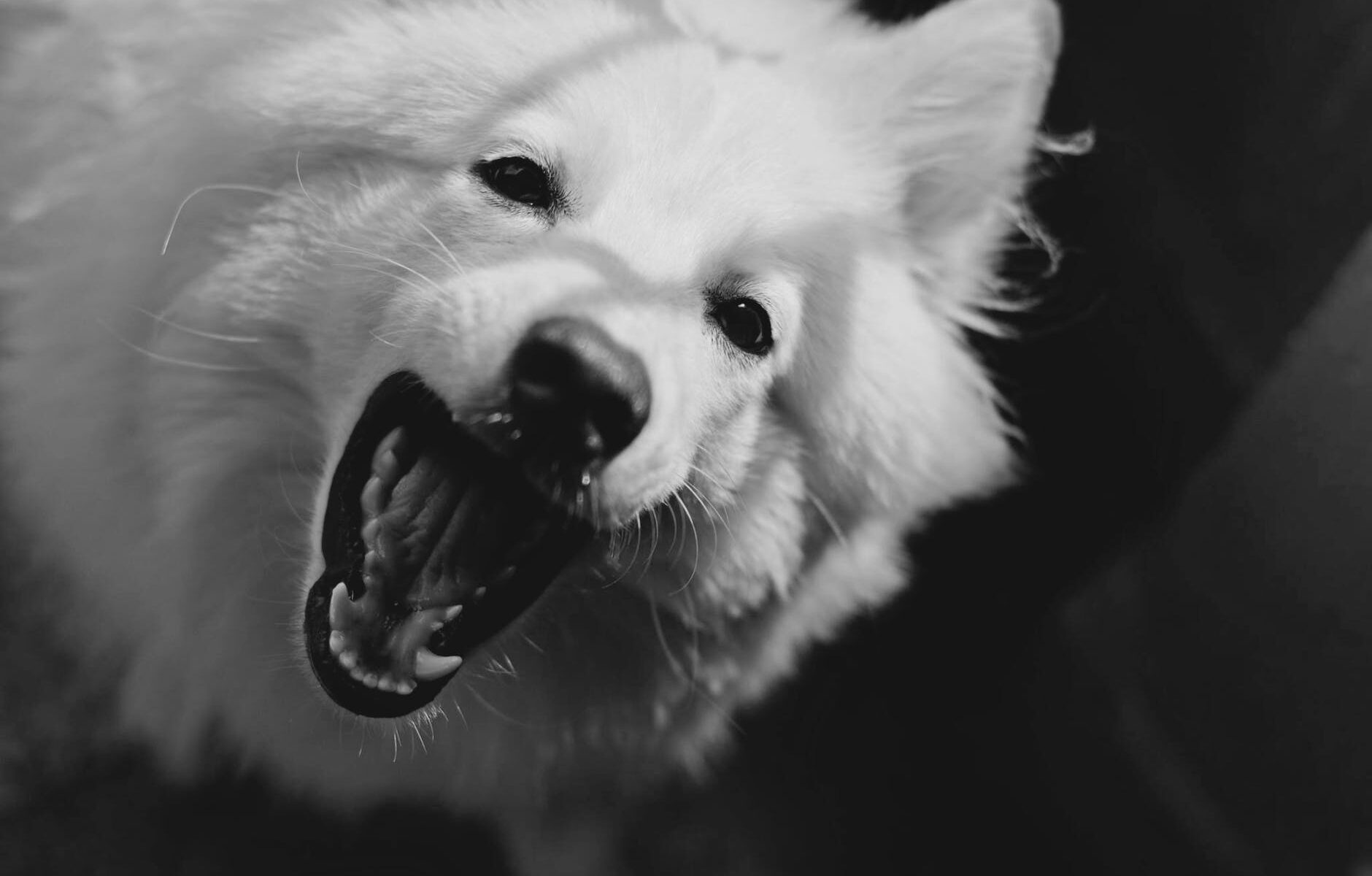“Aggressive Dog” is one of the descriptions I hear all the time. What do you really mean when you say that you have an “aggressive dog”? Are you saying that you truly have an aggressive dog? Or do you have a dog who is using aggression or aggressive behaviors in certain situations?
Aggression is “an act that is performed with intent to cause harm” (depending on which resource your consult). I would argue that the vast majority of people will never see an aggressive dog in their lifetime. However, I regularly encounter dogs who are performing aggressive behaviors in order to change their circumstances. In almost every case, the dog is trying to ask for space.
Growling, snapping and snarling are efforts to avoid a conflict, not start one.
~ Dick Russell
How not to behave around working livestock guardian dogs.
Are the dogs in this video performing aggressive behaviors? Yes.
Are they aggressive dogs? No!!
This video actually depicts ritualized aggression. The dogs are Great Pyrenees dogs, a type of livestock guardian dog (LGD). LGD’s have been selectively bred for thousands of years (dating back to the early Romans) to guard territory and to guard their “flock”. Their genetics have been heavily influenced by humans selecting for dogs who will guard their flock from predators by instinctively reacting to any unfamiliar beings who enter their territory.
Ritualized aggression is selected over actual aggression in nature.
A coyote is injured in a fight has no emergency vet clinic to go to for help. In many cases, that coyote will die. In nature, if a coyote needs to defend his dinner from another animal, he will start with subtle body signals. E.g., whale eye, freezing, showing of teeth. If the challenger moves away, then the coyote simply goes back to his meal – no harm, no foul.
When fails to work, he will advance to growling, snarling, air snapping and even charging. If even that fails to work, the coyote will make a decision to either flee the situation or to stay and fight for his dinner. He will only make the decision to fight if the benefits outweigh the costs. For example, he thinks he will be successful, his avenues of escape are blocked or he is really really hungry and his need for food outweighs the risk of injury.
In the case of the LGDs in the video …
… they started barking when the cyclist moved into the flock and started to scatter them. They advanced when the cyclist ignored the barks and continued doing what he was doing. When the cyclist backs away, the dogs begin to retreat. But when the cyclist decides to hold his ground, notice that one dog remains with the flock while the second dog continues his attempts to warn off the intruder.
The dog is not advancing or attacking – just barking in an effort to get the man to move away. Even the person behind the camera suggests that the man simply back off. Unfortunately, the cyclist does not recognize that he is creating the standoff by refusing to back away from the dog. Note that the dog is not closing the gap. He is continually looking back to see where his flock is at.
How to interact with working livestock guardian dogs.
This is an excellent video explaining the behavior of livestock guardian dogs and what to do when encountering a working dog and his flock.
“WE MAY NOT LIKE CERTAIN BEHAVIORS, BUT WE CAREFULLY CULTIVATED CERTAIN BEHAVIORS IN DOG BREEDS OVER HUNDREDS OR THOUSANDS OF YEARS … SO WE NEED TO ACCEPT THEM, EXPECT THEM AND FIND WAYS TO WORK AROUND THEM.”
~ Kerrie Hoar
What happens when we take a dog that has had hundreds of years of reinforcement history for guarding his flock and plop him into the middle of suburbia?
You guessed it – he will guard his home and his people flock from “intruders”. The “intruder” in his eyes may look like the UPS or FedEx delivery person, the cable repairman or a visiting friend or relative. Again, these dogs are not aggressive individuals. They are simply dogs who are doing what we specifically bred them to do. We may not like it, but we cultivated behaviors such as this in dog breeds. We need to accept it, expect it and find ways to work around it. Once we understand this, it is easier to approach the situation to come up with a plan.
Most of these dogs will be described as the perfect dog at the vet, at daycare and when visiting others. The unwanted behaviors are happening only in the home. We are never going to train these dogs to welcome intruders with open arms. But we can work to reduce his triggers and manage his world to prevent situations from occurring. Set your dog up for success. Create a greeting ritual with your LGD puppy and practice this over and over.
We can also manage his world:
- move the dog to another room with a wonderful chew toy when visitors are expected
- set up a lock box at the end of your driveway for package delivery
- condition a muzzle
- install a second fence so that you have a buffer zone of dog – fence – space – fence – world
- keep doors locked to prevent an open door policy that puts “intruders” in danger.
It is a whole lot easier to simply change a few of our daily habits rather than expecting that our dog will simply change his instinctual behaviors.
TRIGGER WARNING: Dog Bite at 0:10.
Are the dogs in this video performing aggressive behaviors? Yes.
Are they aggressive dogs? No!!
In this video, the dog is trapped and forced to escalate to biting. No one is listening to the abundance of signals telling the humans that he is not comfortable. Is it okay that the dog is biting a child – obviously not. However, it is not malicious. In fact, the bite is expected. Given the number of signals that the dog is displaying in a desperate attempt to communicate his stress, what alternative does he have?
This dog is actively learning that nothing short of a bite is going to convince his owners to stop. His environment is impacted by the fact that his small size (genetics) allows for him to be easily wrapped in a towel and held in place on a person’s lap for forced petting. His internal environment (self) is being overwhelmed by stress hormones as his fear and stress increases.
Understanding canine body language is key!
In order to know whetheror not a dog is comfortable in the current situation, you absolutely have to know how to recognize subtle body language signals. There will be more than a few subtle signals prior to a growl or a bite. Get to know your dog and then listen when he asks for space. You can read my blog about canine body language or watch my Canine Body Language for Pet Parents webinar.
What if we simply asked the dog if he would like to interact and then accepted his answer?
This is an excellent video that explains the concept of Pet Consent. Making yourself available for interaction and then waiting for the dog to give you an answer. He does not approach or walks away? He is not interested. That’s okay, don’t take it personally. He is just not up for petting right now. If he consents, pet for 3 seconds, then pause and reassess. If he stays or even paws at you, pet for another 3 seconds, pause, re-assess and repeat. But, f he moves away, he has had enough.
Eileen Anderson explains a Pet Consent Test in this video.
One of the quickest ways to get your dog not to trust you is to keep overriding your dog telling you he does not feel safe.
~ Suzanne Clothier

As a Family Dog Mediator, when I see clients whose dogs are performing aggressive behaviors, our first step is to discuss the dog’s L.E.G.S.. In other words, how have the dog’s Learning, Environment, Genetics and Self played into the current situation. Next, we look at the circumstances under which the dog is showing aggression, as well as observing the dog to learn any subtle warning signals.
Finally, we develop a plan for the family that involves:
- safety and management protocols
- realistic goals
- reward-based training techniques aimed at addressing the root cause rather than simply suppressing or masking the behavior
- develop a training plan that is proactive, rather than reactive
While I have yet to encounter a dog that I would label truly aggressive, I have seen dogs that are not safe. These dogs may, therefore, be candidates for behavioral euthanasia due to an inability to provide balance between the dog’s L.E.G.S®.
Beneath every behavior there is a feeling. And beneath each feeling is a need. And when we meet that need rather than focus on the behavior, we begin to deal with the cause, not the symptoM.
~ Ashleigh Warner
What’s in a label?
Labels can be damaging when they affect how we view the individual to which we have affixed that label. When we use the label, “aggressive dog” or “aggression”, we tend to focus on his negative behaviors. We tell ourselves that the dog is doing this on purpose . . . to spite us . . . that he can stop any time . . . that he knows better. Labels make us more easily frustrated or angered by our dog’s outbursts.
“YOUR DOG IS NOT GIVING YOU A HARD TIME, YOUR DOG IS HAVING A HARD TIME.”
Instead, let’s remember that the dog is simply performing aggressive behaviors in response to something in the current situation. (e.g., fear, stress, pain or frustration) This helps us reframe our frustration and, instead, feel empathy towards our dog … helps us understand why he is acting this way … gives us more patience … enables us to listen when he is speaking through subtle body signals. We now begin to understand that “our dog is not giving us a hard time – he is having a hard time“. Resulting in us being are more likely to take a gentler, kinder approach . . and to advocate for our dog when the need arises. After all, in the moment, your dog felt that aggression was his only option.
When working with a dog who is reactive to certain triggers, we must understand that:
- Aggressive behavior is just behavior. It doesn’t define you or your dog.
- Your goal is not perfection, rather, strive for less negative, more neutral.
- Set your dog up for success. Don’t continue into situations where you know he can’t cope.
- Behavior happens. Aggression happens. All sentient beings have those moments. Our goal is to have a plan in place so that you know what to do.

If you and your dog are struggling, locate a professional dog trainer or behavior consultant who will help you. Look for someone who uses humane training techniques . Someone grounded in positive reinforcement training. And, at minimum, someone who follows the Least Intrusive, Minimally Aversive philosophy. Aversive tools such as e-collars and prong collars suppress behavior. They may look like they have “fixed” the problem, but those feelings are still there. Too often, they will come out through some form of fallout.


